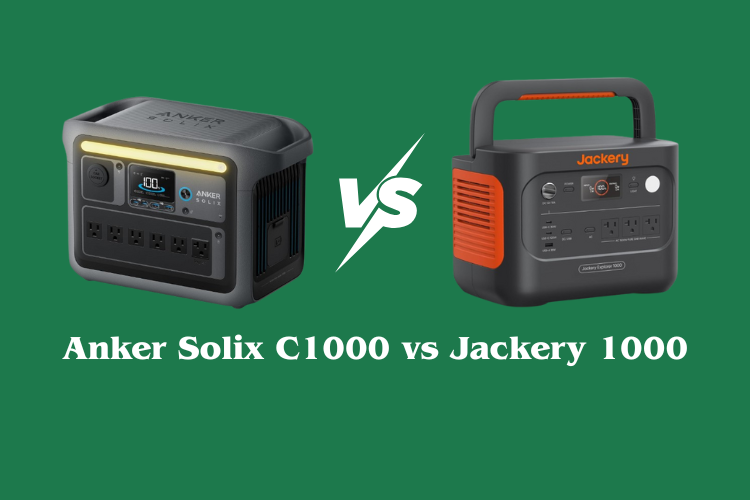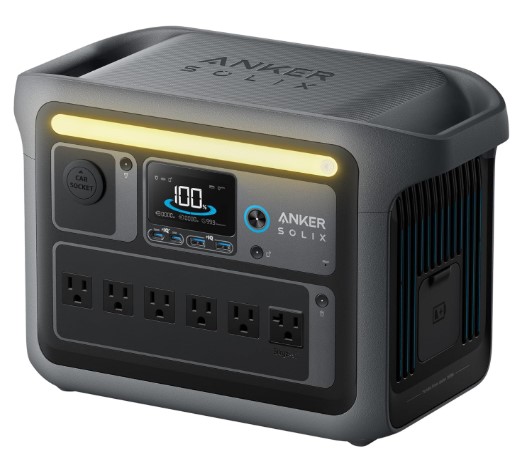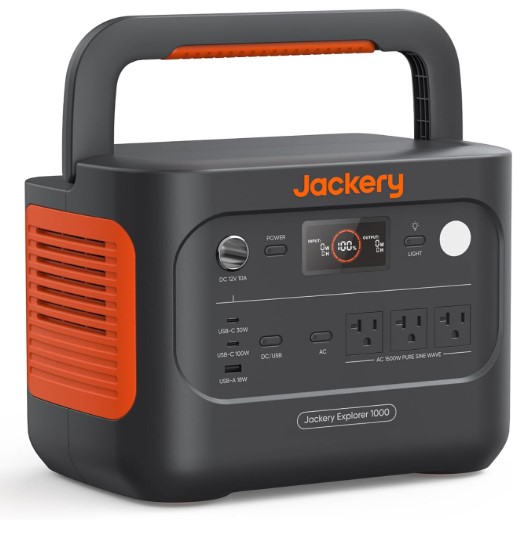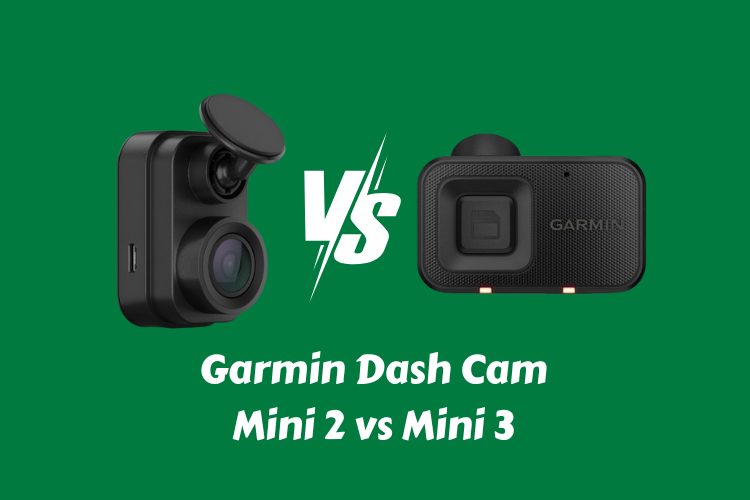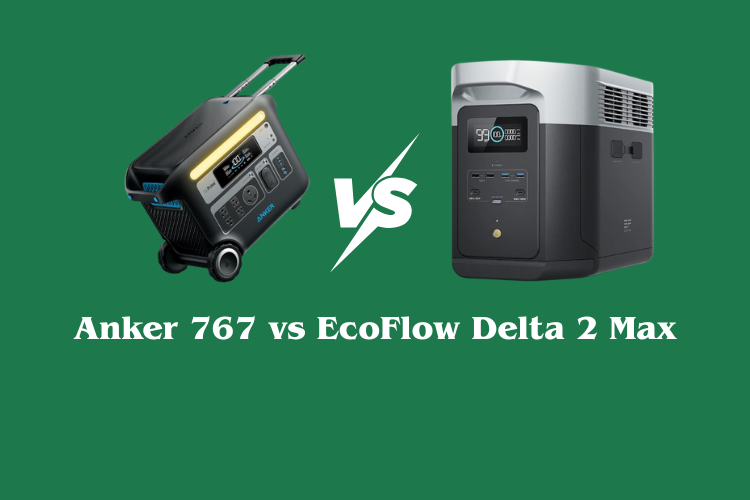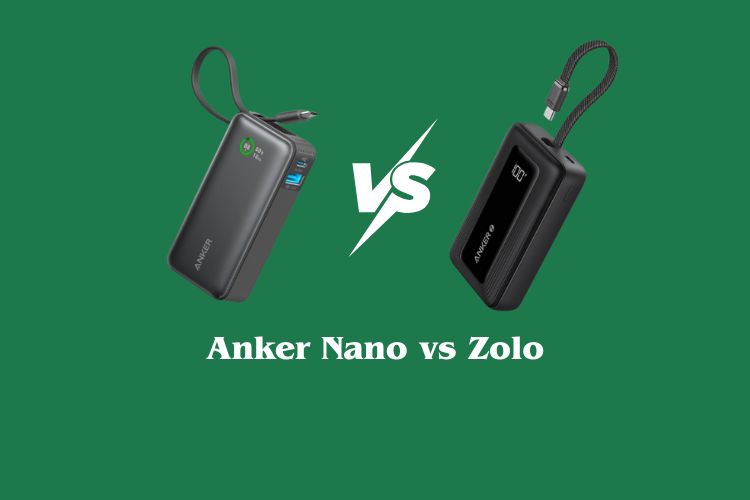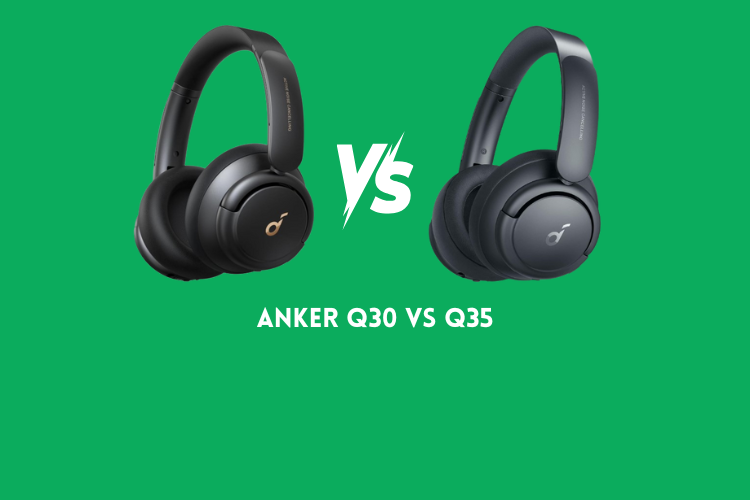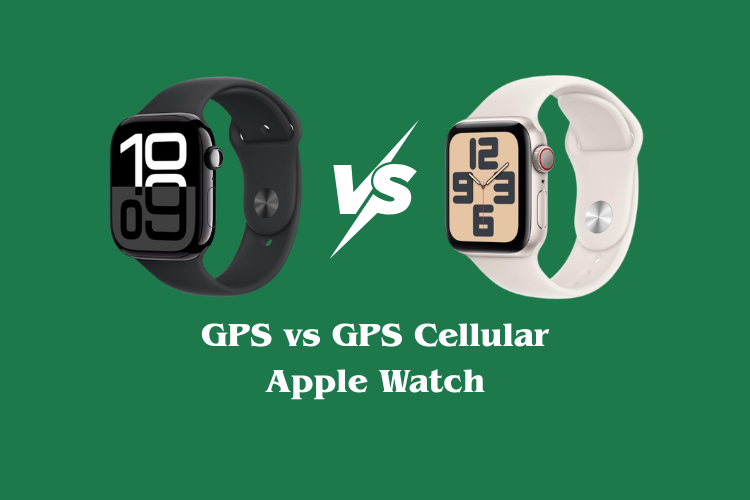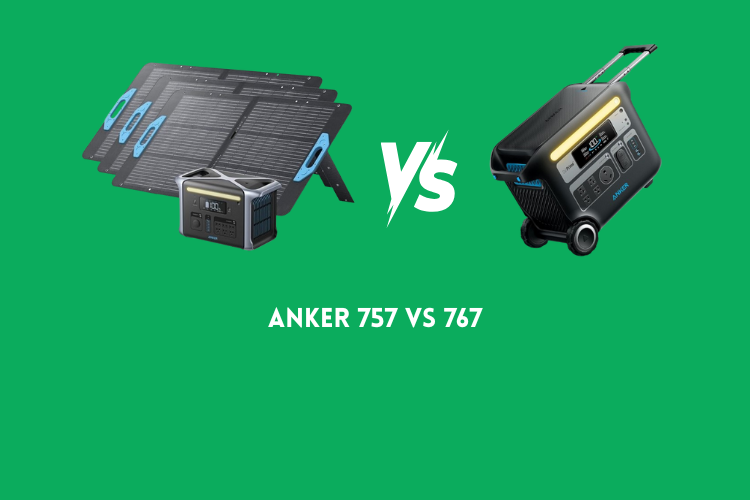Anker Solix C1000 vs Jackery 1000 – Which Fits Your Needs?
Portable power stations have become essential for camping, road trips, emergency backup, and outdoor work. Two popular choices that often compete head-to-head are the Anker Solix C1000 and the Jackery Explorer 1000.
Both brands deliver strong reputations, reliable designs, and a wide range of features that attract adventure seekers and homeowners alike. The Anker Solix C1000 offers fast charging technology, a long battery life cycle, and smart connectivity, making it ideal for users who demand speed and durability.
The Jackery 1000 shines with its user-friendly design, solar compatibility, and consistent performance for everyday power needs. Each model brings unique advantages, so the right option depends on lifestyle and priorities.
This comparison highlights design, power output, battery performance, solar charging, and portability. By the end, you will clearly see which model works best for off-grid living, outdoor fun, or home backup during power outages.
Anker Solix C1000 vs Jackery 1000
Portable power stations are no longer just for campers. They now serve as emergency backups at home, power supplies for road trips, and tools for outdoor work.
Two top names stand out in the mid-size class: Anker Solix C1000 and Jackery Explorer 1000 V2. Both sit around 1kWh capacity, but the way they deliver power, charge, and handle daily use is very different. Let’s break each down.
Anker SOLIX C1000 Power Station
Product Details
-
Capacity: 1056Wh
-
Continuous Output: 1800W
-
Surge Output: 2400W with SurgePad
-
Battery Type: LiFePO4 with 3000 cycles (10 years of life)
-
Recharge Speed: 80% in 43 minutes, full in under 1 hour
-
Solar Input: 600W max, recharge in about 1.8 hours
-
Weight: 27.6 lbs
-
Ports: 11 total (AC, USB-C, USB-A, car port)
-
App Support: Yes, with control and monitoring
Features
UltraFast Recharge
The main highlight is recharge speed. With a strong AC input and the app’s UltraFast mode, the Solix C1000 can go from 0–80% in under 45 minutes. That’s faster than many larger power stations. For people in power outages, this means you can quickly top it up between grid cuts.
SurgePad Technology
Not all appliances run at their listed wattage. Devices like blenders, heaters, or microwaves spike higher when starting. SurgePad boosts the 1800W continuous rating to 2400W for short bursts. This makes the C1000 useful for more appliances in homes and RVs.
Solar Flexibility
Supports up to 600W solar input. That means you can pair it with multiple panels to recharge outdoors in less than 2 hours under strong sunlight. Unlike some brands, Anker allows use of third-party panels, as long as the connectors and voltage match.
Compact Design
It is 15% smaller than other 1kWh stations. While it weighs more than Jackery, the reduced size makes it easier to store in a car trunk or RV cabinet.
Smart Control
The Anker app adds extra layers: monitor power flow, set charging speeds, or activate ultra-fast recharge. For users who want control from a phone, this makes the experience smoother.
What is the Good?
-
Lightning-fast AC recharge.
-
Accepts high solar input, faster outdoor charging.
-
Wide selection of 11 ports.
-
Reliable LiFePO4 battery with long cycle life.
-
Strong output for most home and outdoor devices.
What is the Bad?
-
Slightly heavier than Jackery.
-
Needs the app to unlock ultra-fast mode.
-
No built-in UPS feature for automatic switch during outages.
Overall Opinion
The Anker Solix C1000 works best for campers, RV users, and people who need fast recharge cycles. Its balance of power, ports, and solar compatibility makes it versatile for both outdoor and emergency use.
Jackery Explorer 1000 V2
Product Details
-
Capacity: 1070Wh
-
Continuous Output: 1500W
-
Surge Output: 3000W
-
Battery Type: LiFePO4 with 4000 cycles (10+ years of life)
-
Recharge Speed: 1 hour with emergency charge, 1.7 hours default
-
Solar Input: 500W max, Jackery panels only
-
Weight: 23.8 lbs (lighter than Anker)
-
Ports: 7 total (2 USB-C, 1 USB-A, 1 car outlet, 3 AC, plus LED light)
-
App Support: Yes, with charging mode options
Features
Lightweight Design
At 23.8 lbs, it is 4 lbs lighter than Anker. The foldable handle and compact case make it easy to move around campsites or carry in vehicles. For users who prioritize portability, this makes a real difference.
Fast and Flexible Recharge
With emergency charge mode, the Explorer 1000 V2 can fully recharge in 1 hour. If users want to extend battery life, the default setting is 1.7 hours. The app lets you choose between modes: fast, quiet overnight, or efficiency.
Higher Surge Capacity
While its continuous output is lower than Anker, the surge rating is stronger at 3000W. That makes it ideal for appliances that demand a heavy start-up load, like fridges, coffee machines, or small power tools.
Long-Life Battery
The 4000-cycle rating is among the best in its class. Even after a decade of use, it will still keep at least 70% capacity. This means it is not only for trips but also reliable for long-term home backup.
LED Utility
The built-in LED light is small but useful in blackouts or outdoor night use. It makes the Explorer V2 more self-sufficient for camping.
What is the Good?
-
Lighter weight and easy to carry.
-
Strong surge output at 3000W.
-
Long 4000-cycle battery lifespan.
-
Smart app modes for different charging needs.
-
Quiet charging option for nighttime use.
What is the Bad?
-
Only works with Jackery solar panels.
-
Fewer ports compared to Anker.
-
Charging speed defaults to slower mode unless adjusted in the app.
Overall Opinion
The Jackery Explorer 1000 V2 fits travelers who want lightweight gear, longer cycle life, and higher surge power. Its limited solar flexibility is a downside, but for people who already use Jackery panels, it remains an efficient and compact system.
Detailed Comparison for Anker Solix C1000 vs Jackery 1000
Both units sit at the same class with about 1kWh of storage, but they serve different needs.
-
Battery Capacity: Both are nearly identical (1056Wh vs 1070Wh).
-
Output Power: Anker wins with 1800W continuous vs Jackery’s 1500W. Jackery wins in surge (3000W vs 2400W).
-
Recharge Speed: Anker is the fastest overall, 0–100% in under an hour. Jackery can match 1 hour, but only with emergency mode enabled through the app.
-
Solar Input: Anker allows 600W with third-party panels. Jackery is limited to 500W and only Jackery panels. This makes Anker more flexible for off-grid users.
-
Weight and Portability: Jackery is lighter (23.8 lbs vs 27.6 lbs), better for frequent transport.
-
Ports: Anker provides 11 ports. Jackery only 7, but with an LED light included.
-
Battery Longevity: Jackery edges ahead with 4000 cycles vs Anker’s 3000 cycles, though both last over a decade.
-
Design Focus: Anker is about speed and flexibility. Jackery is about portability and endurance.
So the decision comes down to what matters most. Fast recharge and more ports? Go with Anker. Lightweight build and higher surge? Go with Jackery.
FAQs
Q1: Which charges faster?
Anker Solix C1000 is faster by default, reaching 80% in 43 minutes. Jackery can match 1 hour but needs emergency mode enabled.
Q2: Which is better for solar users?
Anker, since it supports 600W solar input and accepts third-party panels. Jackery only works with its own panels.
Q3: Which has better long-term battery life?
Jackery, with 4000 cycles compared to Anker’s 3000.
Q4: Which is easier to carry?
Jackery, at just 23.8 lbs with a foldable handle.
Q5: Which handles heavy appliances better?
Jackery, due to its 3000W surge capacity.
Conclusion
Both Anker Solix C1000 and Jackery Explorer 1000 V2 deliver strong performance in the 1kWh range.
-
Choose Anker Solix C1000 if you value ultra-fast charging, more ports, and wider solar compatibility.
-
Choose Jackery Explorer 1000 V2 if you want lightweight portability, higher surge output, and longer battery cycles.
Each serves a different kind of user. Anker is better for power-hungry setups and off-grid solar charging. Jackery is better for travelers and long-term reliability.

